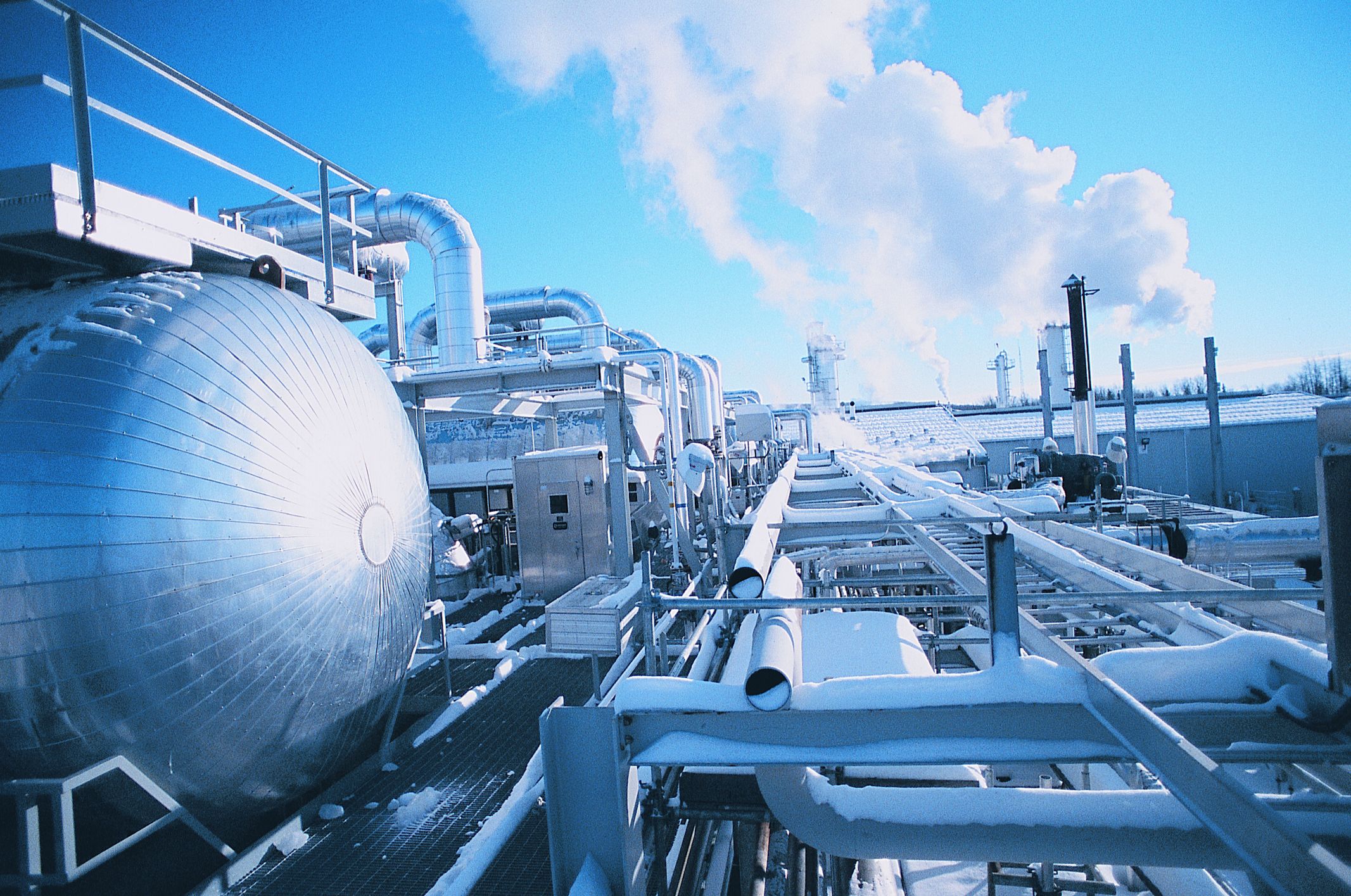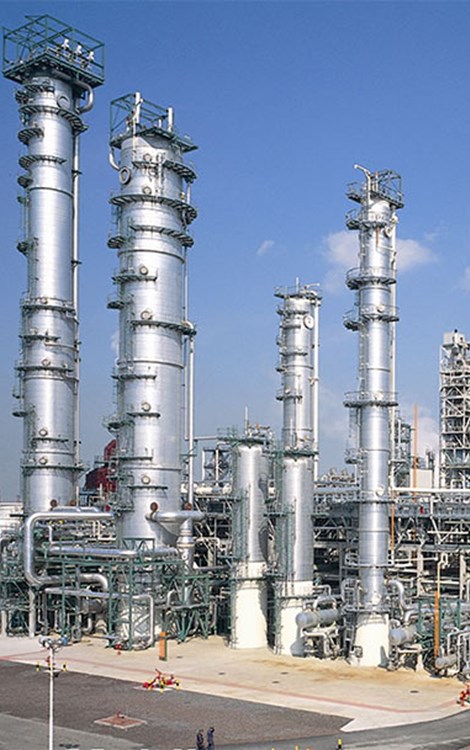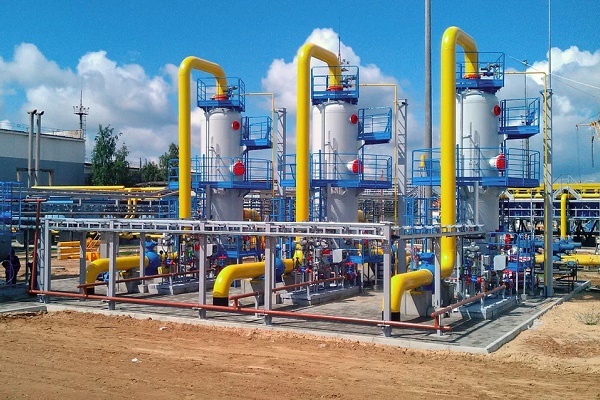As you know, centuries ago, coal was the main raw material and chemists created coal chemistry, in the last century, oil became the main strategic raw material on the planet and petrochemistry appeared. In recent decades, gas-related industries have developed in the world, in connection with which gas chemistry has appeared and now significant production processes are based on ethylene.
Excursus

In order to form a competent technical task for the modernization of production, each customer and contractor must have the appropriate knowledge, own professional terminology, know the history of the industry, and also study the experience of high-tech enterprises.
This section contains a number of terms and designations, as well as an overview of some scientific publications in the field of petrochemicals.
Crude oil
is a natural flammable liquid found in deep sediments and is well known for its use as a fuel and raw material for chemical production. Chemically, oil is a complex mixture of hydrocarbons with varying numbers of carbon atoms in the molecules; they may contain sulfur, nitrogen, oxygen and small amounts of some metals.
More than 3,000 products are produced from crude oil by various physical and chemical methods. These products include combustible gases, gasoline, naphtha, solvents, kerosene, gas oil, domestic fuels, a wide range of lubricating oils, fuel oil, road bitumen and asphalt; this also includes paraffin, petroleum jelly, medical and various insecticidal oils. Oils from petroleum are used as ointments and creams, as well as in the manufacture of explosives, medicines, cleaning products, plastics, and an increasing number of different chemicals. Many refineries produce not only individual hydrocarbons, but also many chemical derivatives of these hydrocarbons.
Petrochemistry
is a branch of chemistry that studies the composition, properties and characteristics of chemical transformations of oil and natural gas components, as well as ways and methods of their processing into various chemical products.
The main tasks of petrochemistry:
- study of oil as a natural object and the most important source of chemical raw materials;
- study and development of methods and processes for converting oil components, primarily hydrocarbons, into chemical products;
- study of the interconversions of hydrocarbons in oil, gas and alternative types of raw materials, the patterns of formation of their functional derivatives in order to create scientific foundations for the complex processing of oil and the production of large-tonnage technically useful products (fuels and oils, fuel and oil additives, monomers, solvents, etc.) and alternative fuels.
The most important petrochemical products are:
- ethylene, propylene, butylenes;
- alcohols, including higher fatty alcohols (HFA);
- carboxylic acids, including synthetic fatty acids (FFA);
- ketones: acetone, methyl ethyl ketone (MEK);
- ethers, including MTBE;
- benzene: toluene, ethylbenzene, styrene, cumene;
- phenols, nitrobenzenes;
- halogen derivatives of hydrocarbons,
- synthetic rubber, latexes;
- tires, RTI;
- technical carbon.

Natural (petroleum) gas
is a type of fuel and, at the same time, a raw material consisting of methane and other light saturated hydrocarbons. The main constituents of natural gas are methane, ethane, propane and butane.
Gas as a fuel has important advantages over oil and, especially, coal: it has a high calorific value, it can be supplied to any consumer using a gas pipeline system, and no ash remains when burning natural gas. It is important to note that natural gas is a cleaner fuel compared to fuel oil and coal.
Natural gas is called „dry“ if it contains almost no gasoline (less than 1 liter per 25 m3 of gas). „Wet“ gas can contain 10 times more gasoline. A mixture of liquid hydrocarbons can be obtained both by compressing and cooling the gas, and by absorbing it with oil. The resulting liquids are called liquefied petroleum gas (gas condensate) and have a variety of applications.
Gas plays an important role in the fuel and energy balance, but an increasing part of it goes to chemical processing. Therefore, the role of gas chemistry is increasing, which in recent decades has become an independent industry, displacing petrochemistry.
Gas chemistry
is an industry that includes the processes of processing natural, associated and process gases.
The main component of natural gas is methane. In various fields, the content of methane in natural gas can vary from 70 to 99%. Typically, natural gas contains methane homologues: ethane, propane, butanes, and small amounts of heavier hydrocarbons. Very often, the gas contains hydrogen sulfide or its organic derivatives – mercaptans. In addition, nitrogen, carbon dioxide, and helium are found in the composition of the gas.
The composition of the gas is specific to each field. The most important feature of natural and associated (i.e. accompanying oil) gases is that their hydrocarbons belong to the class of alkanes, i.e. the least reactive hydrocarbons. This circumstance complicates the chemical processing of gas.
The first stage of processing the gas extracted from the bowels is drying. Gas-bearing formations always contain moisture, which is carried away with the bleed gas. Water vapor in the gas prevents many subsequent technological operations of transporting gas through pipelines. Gas drying is based on such processes as absorption by special liquids (glycols), adsorption by solid absorbers, and throttling.
If there are sulfur compounds in the gas, then it must be freed from them as completely as possible, since hydrogen sulfide and mercaptans cause intense corrosion of pipelines, cause the appearance of sulfur dioxide during gas combustion, and poison the catalysts for chemical gas processing. To clean natural gas from hydrogen sulfide, the Claus process is most widely used: SO2 + 2H2S = 3S + 2H2O.
This allows not only to get rid of hydrogen sulfide, but also to obtain sulfur as a raw material for the production of sulfuric acid. The essence of the Claus process is that part of the hydrogen sulfide is oxidized to sulfur dioxide, which then reacts with hydrogen sulfide. This reaction proceeds when heated in the presence of an iron-based catalyst.
The main directions of chemical transformations of alkanes, which are part of natural and associated gases.
Methane
Gas, the main industrial feedstock for the production of hydrogen. More than 3/4 of all hydrogen used in industry is produced by the steam catalytic conversion of methane: CH4 + H2O = CO + 3H2.
According to one of the methods, the process is carried out in tube furnaces in the presence of an aluminum–nickel catalyst at a temperature of 370–450°C and a pressure of 20 atm.
Half of the hydrogen produced from natural gas is used to produce ammonia, so the large-scale synthesis of ammonia (and with it the production of mineral fertilizers, nitric acid, dyes, explosives) is unthinkable without natural gas.
A mixture of CO and H2 is called synthesis gas, since it is used in the production of organic synthesis, primarily methanol: СО + 2Н2 = СН3ОН.
At least 2/3 of methanol in the industry is obtained according to this scheme. Synthesis gas is also used to produce higher alcohols.
A significant portion of natural gas methane is used to produce acetylene and soot. When processing gas by oxidative pyrolysis, the following processes take place:
4СН4 + 3О2 = 2С2Н2 + 6Н2О,Н4 + О2 = С + 2Н2О.
By adjusting the ratio between methane and oxygen, temperature and some other conditions, it is possible to direct the process of oxidative pyrolysis towards the formation of acetylene or soot. Soot (it is also called technical carbon) is a large-scale chemical product, necessary, first of all, in the production of car tires and other rubber products. Note that the black color of tires is due to soot.
Methane is constantly generated in the deep layers of our planet. Such abiogenic gas constantly seeps through cracks in the earth’s crust in areas of active volcanism. It is possible that in the long term, methods will appear that will make it possible to select and use this gas, the reserves of which are apparently inexhaustible.

Ethane
If natural gas contains at least 3% ethane, it is advantageous to obtain ethylene from it. Ethylene is obtained from ethane in tube furnaces heated to 850°C. At this temperature, ethane is dehydrogenated and C2H4 is formed with a yield of 70%.
Ethylene serves as a raw material for the production of various polymer products and as an intermediate in various organic syntheses.
Propane, butanes and pentanes
These saturated hydrocarbons are dehydrogenated to obtain the corresponding olefins – raw materials for polymerization. To isolate ethane, propane or heavier fractions from natural gas, the gas is subjected to low-temperature distillation. This technological operation also makes it possible to concentrate the helium contained in some natural gases.
Helium
is used in many areas of modern technology: deep cooling systems, when creating protective atmospheres, and special breathing mixtures. Helium is widely used in scientific laboratories. Without it, it is impossible to set up many physical and physico-chemical experiments.
The most important scientific problem of gas chemistry is the search for catalysts that make it possible to selectively and with a high yield convert lower alkanes, primarily methane, into the target product. Today, this is done through synthesis gas, which is then converted into methanol or other alcohols. Many laboratories around the world are conducting intensive research aimed at identifying effective catalysts for the processes of deep processing of alkanes. The replacement of pyrolytic gas processing processes with catalytic ones is also of great importance.
Carbon-containing materials: plastics, products of basic and fine organic synthesis – require and will require hundreds of millions of tons of organic raw materials annually for their production.
If the produced natural gas is not sufficiently drained from formation water, during its transportation, plugs appear in pipelines, consisting of methane hydrate. This phenomenon is especially dangerous in winter. The fight against the formation of methane hydrates in gas pipelines and directly in gas wells is a complex and costly business.

